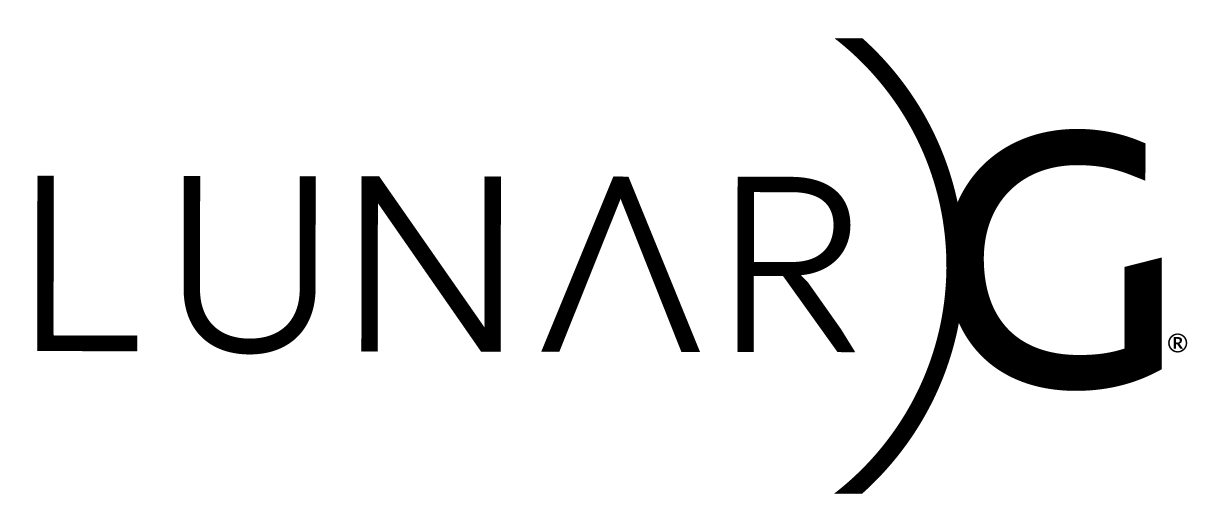Copyright © 2015-2020 LunarG, Inc.
The Vulkan Layer Factory is a framework based on the canonical Vulkan layer model that facilitates the implementation of Vulkan Layers. The layer factory hides the majority of the loader-layer interface, layer boilerplate, setup and initialization, and complexities of layer development.
A complete layer with the attendant support files can be produced by simply creating a subdirectory in the layer_factory directory and adding in a simple header file and then running cmake. This layer can be used just as any other Vulkan layer.
The Vulkan Layer Factory framework produces 'Factory Layers' comprising one or more 'interceptor' objects. Interceptor objects override functions to be called before (PreCallApiName) or after (PostCallApiName) each Vulkan entrypoint of interest. Each interceptor is independent of all others within a Factory Layer, and their call order is not guaranteed.
The base installation of the layer factory contains some sample layers, including the Demo layer and the Starter Layer. The Starter Layer in particular is meant to serve as an example of a very simple layer implementation.
Step 1: Create a subdirectory in the layer_factory directory using a name that will serve as the base for the final layer
For example, a subdirectory named 'starter\_layer' will produce VkLayer\_starter\_layer.dll/libVkLayer\_starter\_layer.so and be loaded as VK_LAYER_LUNARG_starter_layer
Step 2: Add your state tracker file(s) to the subdirectory.
This can be a single header file, or multiple header and source files.
Step 3: Create or copy an 'interceptor_objects.h' file into your new directory
This should include the header file for each of the included interceptors:
#include "whatever_you_called_your_layers_header_file.h"
Step 4: Run CMake and build.
CMake will discover all Factory Layer subdirectories in layer_factory each time it is run.
A *.json and *.def file (for Windows) will also be created with your layer binary.
These files end up in the existing layers binary directory, and will be picked up
by the usual VK_LAYERS_PATH environment variable.
Note that adding or removing a layer_factory subdirectory requires re-running CMake in order to
properly recognize the additions/deletions.
-
Build VK loader using normal steps (cmake and make)
-
Place the layer library (dll or so) in the same directory as your VK test or application
This is required for the Loader to be able to scan and enumerate your library. Alternatively, use the `VK_LAYER_PATH` environment variable to specify where the layer libraries reside. -
Specify which layers to activate using environment variables.
export VK\_INSTANCE\_LAYERS=VK\_LAYER\_KHRONOS\_validation:VK\_LAYER\_LUNARG\_starter\_layer
The layer factory provides helper functions for layer authors to simplify layer tasks. These include some simpler output functions, debug facilities, and simple global intercept functions.
Output Helpers:
Interceptors can use base-class defined output helpers for simpler access to Debug Report Extension output. These include Information(), Warning(), Performance_Warning(), and Error(), corresponding to the VkDebugReportFlagBitsEXT enumerations. Alternatively, the standard layer-provided log_msg() call can be used directly, as can printf for standard-out or OutputDebugString for Windows.
Debug Helpers:
A BreakPoint() helper can be used in an intercepted function which will generate a break in a Windows or Linux debugger.
Global Intercept Helpers:
There are two global intercept helpers, PreCallApiFunction() and PostCallApiFunction(). Overriding these virtual functions in your intercepter will result in them being called for EVERY API call.
By creating a child framework object, the factory will generate a full layer and call any overridden functions in your interceptor.
Here is a simple, and complete, interceptor (the starter_layer). This layer intercepts the memory allocate and free functions, tracking the number and total size of device memory allocations. The QueuePresent() function is also intercepted, and results are outputted on every 60th frame. Note that the function signatures are identical to those in the specification.
In this example, there is a single interceptor in which the child object is named 'MemAllocLevel' and is instantiated as 'high_water_mark'. An layer can contain many interceptors as long as the instantiated object names are unique within that layer.
#pragma once
#include <sstream>
#include <unordered_map>
static uint32_t display_rate = 60;
class MemAllocLevel : public layer_factory {
public:
// Constructor for interceptor
MemAllocLevel() : layer_factory(this), number_mem_objects_(0), total_memory_(0), present_count_(0) {};
// Intercept memory allocation calls and increment counter
VkResult PostCallAllocateMemory(VkDevice device, const VkMemoryAllocateInfo *pAllocateInfo,
const VkAllocationCallbacks *pAllocator, VkDeviceMemory *pMemory) {
number_mem_objects_++;
total_memory_ += pAllocateInfo->allocationSize;
mem_size_map_[*pMemory] = pAllocateInfo->allocationSize;
return VK_SUCCESS;
};
// Intercept free memory calls and update totals
void PreCallFreeMemory(VkDevice device, VkDeviceMemory memory, const VkAllocationCallbacks *pAllocator) {
if (memory != VK_NULL_HANDLE) {
number_mem_objects_--;
VkDeviceSize this_alloc = mem_size_map_[memory];
total_memory_ -= this_alloc;
}
}
VkResult PreCallQueuePresentKHR(VkQueue queue, const VkPresentInfoKHR *pPresentInfo) {
present_count_++;
if (present_count_ >= display_rate) {
present_count_ = 0;
std::stringstream message;
message << "Memory Allocation Count: " << number_mem_objects_ << "\n";
message << "Total Memory Allocation Size: " << total_memory_ << "\n\n";
Information(message.str());
}
return VK_SUCCESS;
}
private:
// Counter for the number of currently active memory allocations
uint32_t number_mem_objects_;
VkDeviceSize total_memory_;
uint32_t present_count_;
std::unordered_map<VkDeviceMemory, VkDeviceSize> mem_size_map_;
};
MemAllocLevel memory_allocation_stats;
- CMake MUST be run to pick up and interpret new or deleted factory layers.

